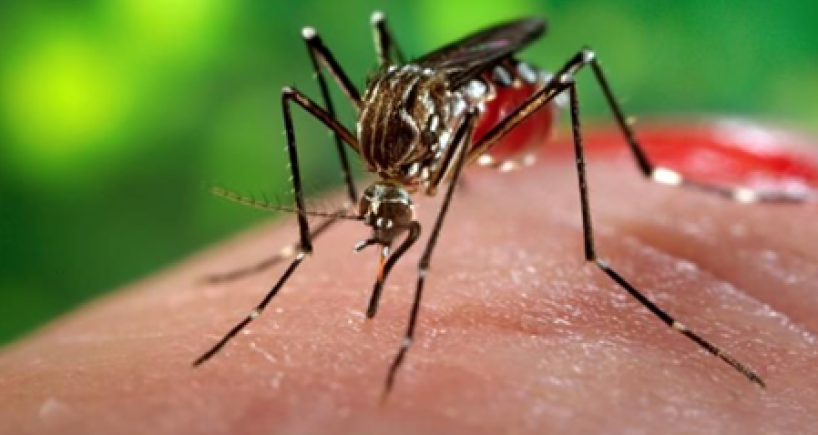
Public Advisory On Dengue And Chikungunya

We all know by now that both Dengue and Chikungunya are diseases caused by viruses and spread by infected mosquitoes. Monsoon season is the time when we see a peak in the spread of both these diseases. Apart from minor variations in the symptomatology, these two diseases can often mimic each other and there is no definitive treatment available for either.
In spite of knowing all this, we are seeing a lot of panic and misdirected efforts in relation to ‘fever’ during this season. Though this in an annual phenomenon, it seems to have taken an epidemic proportion this year with more than 1200 people reporting to a government hospital in the tricity in a 24 hour period as per a report in today’s newspaper. Where are we going wrong and what can possible by done to improve this situation?
If we had been proactive enough, we would have worked upon getting rid of the mosquito breeding sites in and around our homes long ago. We have examples of countries that have done so. Nobody stops from doing so even now, except our own commitment. The second thing that is going against us is our limited knowledge of the diseases from the community perspective. This is what is leading to a panic reaction and clogging of the healthcare facilities. Both of these are viral diseases and in most cases self-limited. In many ‘patients’ the infection may be subclinical too, meaning that these people, even though infected, do not develop any symptoms.
Equating development of symptoms to death and disability is probably what is leading to the panic reaction. This PANIC needs to be replaced with the three Ps of ‘Paracetamol’, Plenty of fluids and Proactive medical consultation in case of persisting pain. It is important for the community to realize that a patient with Dengue goes through three phases: the febrile phase, the critical phase and the recovery phase. In the initial febrile phase, fever and bodyaches are the hallmark symptoms and fever reducing medicines (paracetamol) and plenty of fluids are all that are required. At the same time, people need to be watchful of the ‘warning signs’ which are the indication that hospitalization and close monitoring is required. These warning signs include vomiting, pain in the abdomen, severe headache, persisting pain anywhere else in the body, bleeding from any site and inability to continue with good liquid intake.
Another panic that needs to be addressed is the panic of falling platelet count. Platelet count is likely to fall in the initial phase of both these infections, the fall being more in Dengue than in Chikungunya, but platelets need to be transfused very very rarely and too only in patients in the critical phase of dengue if the count is below ~ 10,000/cmm or there is evidence of active bleeding from any site. Rather than the platelets, it is the sequential monitoring of the hematocrit that has much more clinical relevance in the management of Dengue, with a rising hematocrit being a marker of poor oral intake (and hence the need for hospitalization) and a falling hematocrit along with clinical deterioration suggestion internal bleeding and hence again suggesting need for hospitalization. Falling platelet count alone (unless it is drastically low) is usually not an indication for need of hospitalization.
Once out of the critical phase, the patients with Dengue recover almost completely, while the pain in Chikungunya may take a while to go away. Hence, sincere efforts need to be directed towards prevention of these diseases by targeting the mosquito breeding sites in and around our homes and workplaces. And along with the use of appropriate use of mosquito repellants and wearing appropriate clothing during this season so that one doesn’t get bit by the mosquitoes and does not have to undergo chikungunya and dengue fever treatment in the end.

















